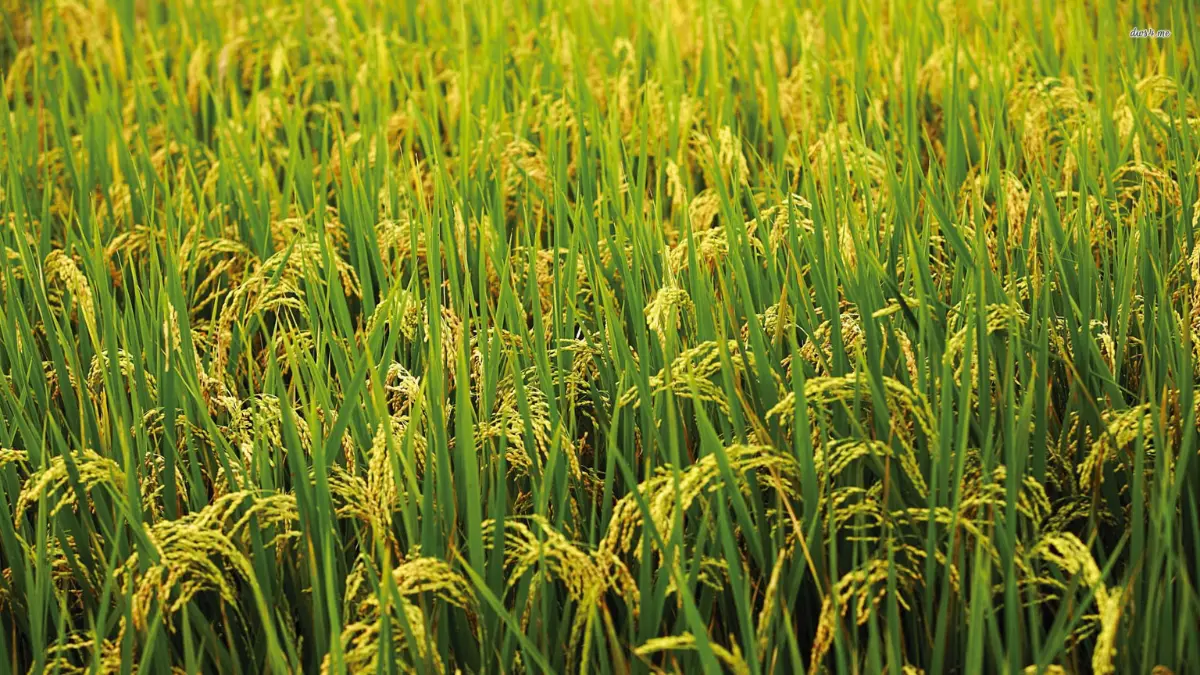Why Indian Basmati Rice Is Preferred Worldwide: Aroma, Taste, and Texture
Indian Basmati Rice has become a global favorite – not only for its long grains, but also for its rich aroma, delicate taste and extraordinary cooking properties. Whether it’s a five -star chef or a home chef, the top choice for Indian Basmati -authentic, delicious dishes.
Let’s see why people all over the world like it through the lens for most discovered questions.
Why is Indian Basmati rice considered better than other rice varieties?
Indian basmati rice is observed for its natural aromatic scent, fluffy texture and long grains that do not stick together after cooking. Unlike regular white rice, basmati with age ripens, which improves its cooking properties and taste. These properties combined with traditional agricultural practices and unique climate in India do so globally.
What gives Basmati rice its unique aroma and flavor?
The distinctive aroma of Basmati rice comes from a natural compound called 2-acetyl-1-pyrroline. This compound develops during aging and is more concentrated in Basmati than in other rice types. Grown in the Himalayan foothills, the rice absorbs minerals from the fertile soil, contributing to its unique nutty and floral notes.
How does Indian Basmati rice taste compared to Jasmine or other rice?
While the jasmine rice is soft, slightly viscous and flowers, Basmati rice has a strong, dried texture and more intense aroma. Basmati grains are easily excreted when made ideal for dishes such as Biryani and yellow, while jasmine rice is better suited for Thai or sticky rice dishes. Basmati is often preferred for its light and subtle sweetness.
Why do chefs prefer Basmati rice in international cuisine?
The professional chefs around the world favor Indian Basmati rice for their stability in texture, versatility and presentation value. The long grains do not break during cooking, and its aroma improves the general taste profile of dishes. From the Middle East to Indian and fusion recipes, Basmati Premium is a chef component for rice recipes.
What are the cooking characteristics of Indian Basmati rice?
Indian basmati rice is known to look at length when cooking, while being non-sticky and alcoholic. It absorbs tastes well, so it can be perfect for both superior and spicy preparation. The lower starch material prevents lumping and offers excellent texture in a variety of dishes.
What makes Indian Basmati rice different from Pakistani Basmati?
Both Indians and Pakistani Basmati share the same properties, but Indian basmati is known for its long long grain length, more intense aroma and broad global accessibility. India also has a better infrastructure, certificate and export quality control system – making it a more reliable source of frequent supply.
Is Basmati rice healthier than regular white rice?
Yes, Basmati rice usually contains lower glycemic index (GI) than regular white rice, making it a better alternative for people who control blood sugar levels. It is also rich in fiber (especially brown variation), naturally gluten -free, and contains essential nutrients such as thiamine and folate.
How long is Basmati rice aged before export?
Indian Basmati rice of high quality usually ages 1 to 2 years. Age reduces moisture content, improves texture and increases the aroma. Old Basmati rice is preferred by importers and chefs because it boils smoother and saves a rich taste.
What is the best Indian Basmati rice brand for export?
When it comes to reliable exporters, JK International Premium stands as a reliable source of old Basmati rice. With quality certificates, competitive prices and global export experiences, JK delivers to countries with different classes 1121, 1509 and traditional Basmati UAE, the United Kingdom, the United States and more of the international base.
What dishes are best made with Indian Basmati rice?
Indian basmati -rice is ideal for pulao, fried rice, Persian Tahig,and more. Its long grains and rich aroma enhance the festival and everyday food. Whether it’s a restaurant or a home kitchen, Basmati elevates the dish’s texture, taste, and appearance.
Final Thoughts:
Indian Basmati Rice dominates global markets because it brings tradition, taste, health and first-class quality. For importers, chefs and consumers, it is just more than rice – it is an experience that lies in Indian agriculture and culinary skills.
Are you searching to import high quality basmati rice? JK International offers certified export-basmati rice in several characters and packaging options.
- Categories:
- All

